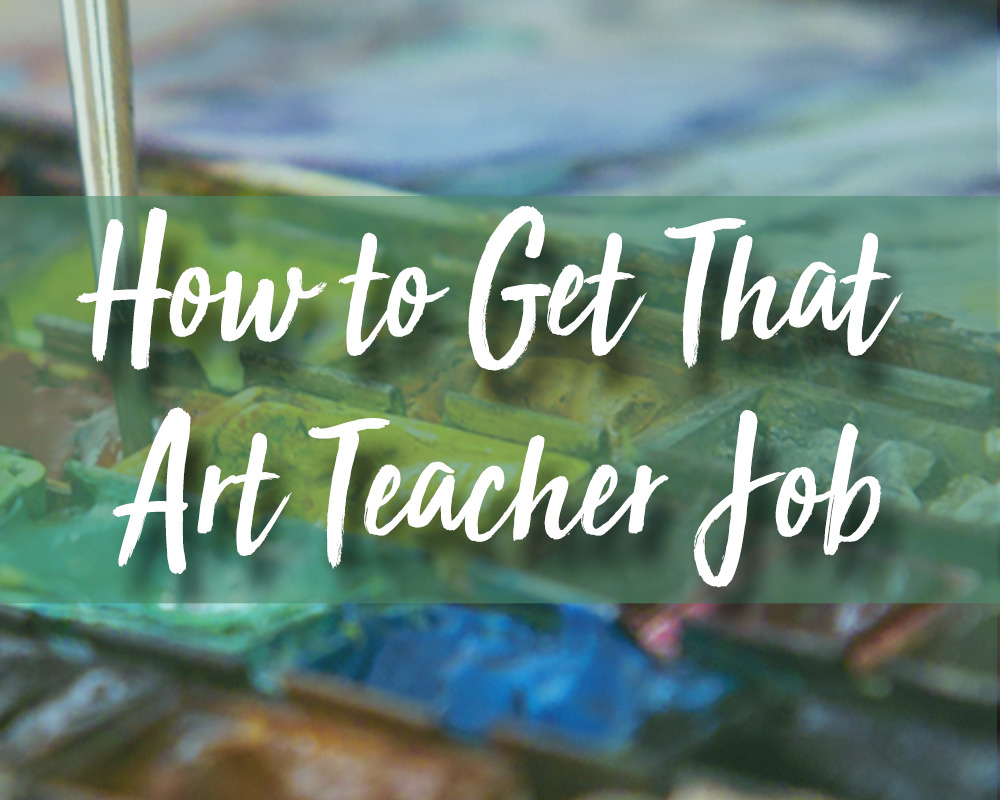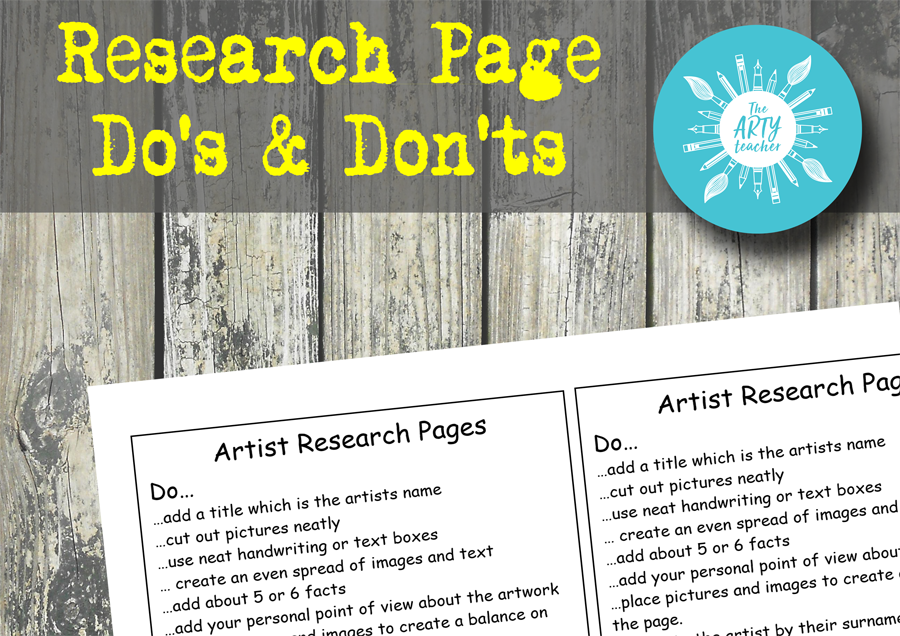
How to Get That Art Teacher Job
Knowing how to get that art teacher job can sometimes feel overwhelming. Art teacher jobs are often very competitive and appointing a new teacher into a department can be a difficult decision. Whether you are an NQT, or an established teacher looking to move schools, these are the key attributes that a school – both Head of department and Headteacher – will likely be looking for when they shortlist and appoint.
Examples of your Enthusiasm and Commitment
Education is fast-paced and often non-stop. Meeting the continuous demands of the job, especially in an all-encompassing subject such as Art, requires a great deal of enthusiasm and commitment. Consider how you might show this to an employer. Increasing student numbers at GCSE and A level is often achieved through our contact time outside of lessons. Extra-curricular clubs and trips engage students in the exciting and wide-ranging opportunities that our subject has to offer. Have you got experience of being involved in or even leading these activities? Can you discuss the tangible benefits of your time with students outside of the classroom? My experience has taught me to look especially at how candidates talk about the added extras of our subject and if they truly enjoy this aspect of the job. If they have less examples to give, they are probably less likely to take on these responsibilities in post.
Results and Outcomes

Depending on your school, results and outcomes will form an important factor in determining who will make it to interview. If you are an NQT, this is far more difficult to quantify than if you have been teaching for several years. Contemplate what other outcomes you can discuss: the number of students opting for the subject; progress of individual students through your teaching, both in visual terms and perhaps the grades they achieved. Any positive impact you have made can really showcase your value as an educator. If you are experienced, you will have a number of successful outcomes that you can quote, although make sure you acknowledge where your work is part of a wider team.
Community Connections
The Arts themselves encompass a diverse community. In different areas of the country, there will be numerous opportunities that both you and your students can get involved in. On a base level, think about your local galleries, universities or organisations such as Arts Connect. Showing your potential employer that you have connections to these networks will open up opportunities for their students. For example, a University connection could lead to workshops, or support with the University application process for your A Level students.
Your Own Art practice
Balancing teaching and your own practice can be a near impossible task. Any artistic CPD that you can complete – be that the TEA Sketchbook Circle, or workshops with other artists – these experiences show a Head of Department that you enjoy your practice, as well as the range of specialisms that you are interested in. As an experienced teacher, you should aim to show that you are still passionate and engaged with learning yourself. Schools may have a ‘house style’, which you can gauge from their website and social media. Knowing this, as well as the possibilities for developing a wider skillset with students, will allow you to stand out and add to the department as a whole. Your ethos should be aligned with the department, but more of the same is not the way to move a department forward.
Contextual Understanding
Practical lessons are an Art teacher’s lifeblood. With us, students learn a whole host of skills and techniques, all of which should be underpinned with contextual learning. At all Key Stages, the work of practitioners from a wide-range of disciplines supports students to understand what they are doing and why. At A Level, this is even more important as the very best students have to showcase a mature understanding of practitioners’ work. At interview, I would want to see you show your love of artists, designers or filmmakers and how you embed this into your teaching. This could be through discussing recent exhibition visits, or an artist who you really admire. If you can teach me or make me feel something new, I will be impressed and I know my students will be too.
Contemporary Pedagogy
Even before the world of Covid, schools were keen to embed more digital media in their Arts curriculum. The use of new technologies both as a means of engaging students’ interests and tracking their progress is an element that will impress your colleagues. Discuss your use of Teams or OneNote within lessons. What aspects of remote learning have been a benefit to you and your students? Similarly, consider the use of devices for photography, digital drawing or animation. The more knowledge you have of apps (and success stories with them) the better!
How to Get That Art Teacher Job – The Portfolio
Digital portfolios are becoming more commonplace when candidates submit their initial application forms and for the interview itself. You may want to point the school to a website that showcases some of your own and students’ work – one approach to demonstrating some of your own digital skills. On interview day, the school may ask for more specific examples of work, depending on the type of post that is being offered. This is another opportunity to showcase your experience of extra-curricular elements and exciting projects that you have developed. Photographs from visits or workshops (without students’ faces in shot) will show an added element to your teaching practice. When working with your digital portfolio, make sure you keep it up to date regularly and be selective about what you include. I always want to see a range of the best quality work, not hundreds of pages of similar pieces. Unusual GCSE and A level projects that spark a conversation are always intriguing to discover in a candidate’s portfolio. If you have a ‘real-life’ portfolio, make sure that the work is clearly organised and labelled where possible. A pile of paper in a folder will impress no one, especially if your interviewer looks at the portfolios without you in the room.
The Lesson
In my most recent interviewing experience, only one of four candidates produced a full lesson plan and it was felt that the physical plan itself was not always necessary for an outstanding lesson. Other schools may feel differently. Your ability to adapt in the situation is far more important than the minute-by-minute structure you may have produced. As long as your observer can see obvious signs of preparation, such as visual cues through a presentation and resources for students, the approach you take to interacting with students will be the most important element on the day.
Through your written application, you have an opportunity to demonstrate your key skills, making connections to the school’s requirements, as well as showing passion for your job. Once you have made it to interview, allow your personality and enthusiasm for the subject to shine: draw on your experiences and let the interviewer know what you really enjoy about your role as an Art educator. As a more experienced (and expensive) teacher, proving your value and worth as a team player will help to get you recognised. The more genuine warmth you can show for your subject and teaching, the more you can offer your potential new Head of department.
Now you’ve read ‘How to Get That Art Teacher Job’ you may be interested in ‘Art Teacher Interview Questions.’
If you’re looking for some great art teacher gift ideas, I found a great list.




